As the world matches toward an increasingly sustainable future, the need to lower reliance on fossil fuels and combat climate change continues to rise. This has increased demand for clean and renewable energy, with the solar panel industry being a key player. Projections from the US Solar Market Insight indicate that the solar energy market will expand by 41% in 2023 and by a higher margin by 2030.
Watch out for these eight trends as they will shape the renewable energy transition in 2023 and the future of solar power.
Increased Adoption
Global solar power adoption is constantly growing as countries seek innovative ways to increase renewable energy generation. Companies like Phoenix Valley Solar have made solar energy to be increasingly accessible and affordable for both commercial and residential use. This is attributable to the growing need to lower dependence on fossil fuels, curb climate change, and meet the global target of net zero.
On top of individual and commercial adoption, the world is set to experience a steady rise in the development of large-scale solar projects. The projects involve generating clean energy in large quantities and distributing it to businesses and communities using the grid. International organizations emphasize such projects in areas with plentiful solar resources, like sunny coastal areas and deserts.
Energy Storage Solutions
Integrating solar panels and energy storage systems dramatically changes the renewable energy landscape. Today, thanks to these storage systems, solar power production doesn’t rely heavily on sunlight availability.
More institutions and individuals can now bank on solar energy, thanks to energy storage solutions, such as lithium-ion batteries. With these storage solutions, you can now store solar power during sunny days and use it at night or during cloudy days.
Smart Grid Technology Integration
The use of energy management systems and smart grids is going to be more sophisticated in the future. These intelligent systems enable you to integrate solar energy into your already established power infrastructure seamlessly.
Smart grids leverage advanced machine learning algorithms and analytics to create a balance between intermittent solar power and the grid demand. They manage power flows to guarantee efficient energy utilization and grid stability. Other technologies to watch out for include advanced sensors for real-time monitoring, optimization of power generation, and distribution.
Solar-powered Transportation
While electric cars are becoming widely available, innovations are underway, and soon the situation may be the same for vehicles entirely powered by the sun. The Aptera 3 EV, the first-ever mass-produced solar car, has been in the market for a while now. This three-wheeled vehicle comes with solar panels on its hood and roof. The panels capture adequate energy to keep the car moving without being charged.
Solar vehicles like the Aptera will undoubtedly be valuable alternatives to electric vehicles (EVs). Although there is an increasing number of EV charging stations globally, there are still numerous areas where you can’t charge an EV. This is an advantage for solar cars as you can charge them anywhere, provided there’s adequate sunlight.
Discovery of More Efficient Materials
Through extensive research and continuous technological innovations, engineers and researchers are tirelessly looking for ways to improve the affordability and efficiency of solar panels. There is a growing demand for new materials like perovskite-based cells, which promises greater solar panel efficiency and lower production costs than the silicon cells that dominate the market.
Innovations such as transparent solar cells and bifacial solar panels are set to increase solar integration capabilities into a wide array of applications, including vehicle surfaces and windows, in the near future.
Home Solar Systems
Thanks to the advanced innovations in home solar technology, homeowners are finding better ways to make their houses more sustainable and eco-friendly. Developers are coming up with home solar systems in a wide range of options and configurations to fit your investment budget and the system’s complexity.
Currently, most solar systems help supplement electricity by providing additional power for lighting, heating, cooling, and more. For instance, homeowners are now installing solar water heaters that use solar radiation to heat water, lowering costs. Some factors encouraging the adoption and implementation of this small-scale solar technology include the solar system’s availability, falling equipment prices, federal tax credits, and home solar energy storage batteries.
Growing Federal Investment in Solar Energy
There is a growing focus on ensuring that the American energy grid operates entirely on renewable energy. The US government intends to invest heavily in new renewable technologies to achieve this.
It also plans to expand federal programs that promote new renewable energy infrastructure for commercial and residential solar projects. The US Department of Energy intends to invest over $128 million in military-grade solar technology, which will reduce US solar energy costs by 60% over the next decade.
A Shift Towards Local Manufacturing
One trend set to continue for the coming decade is the move toward local manufacturing of solar panels. The shift is partly driven by government incentives for local manufacturers through subsidies and tax breaks. You can also attribute it to the growing need to lower carbon emissions and shipping costs.
The solar energy industry is undoubtedly set for continued innovation and growth. The rapid technological advancements will see more cost declines, increased demand, and adoption of renewable energy as well as global decentralization.

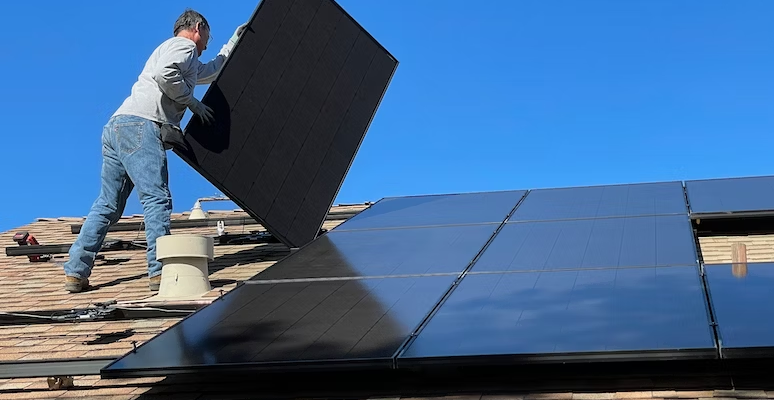

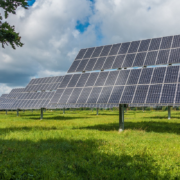
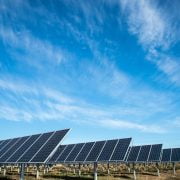

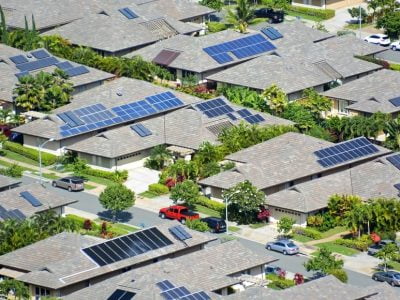
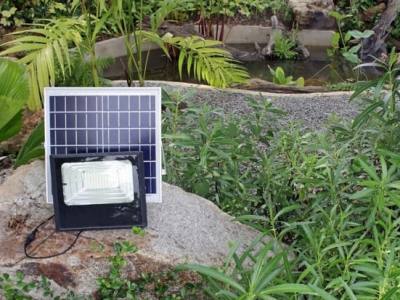


Comments